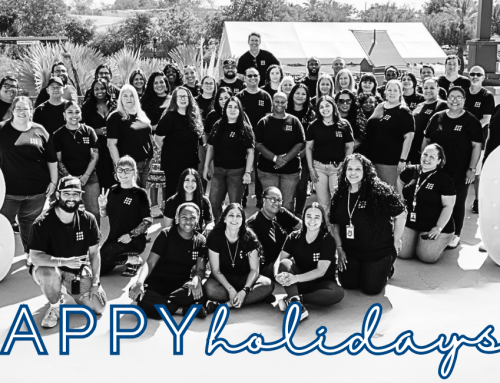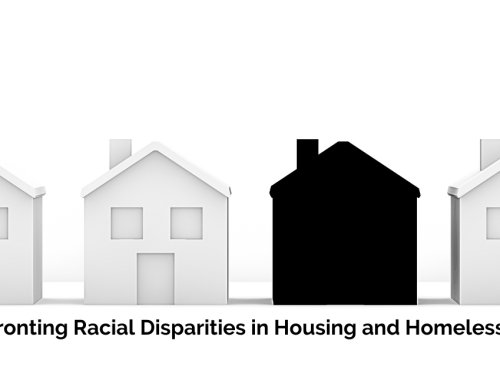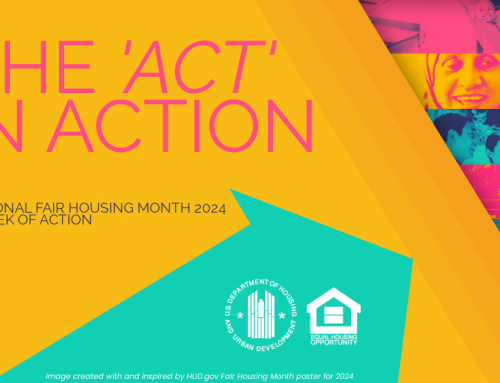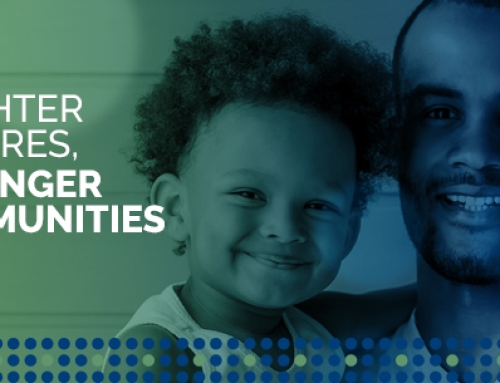Working With PHAs To End Homelessness
This post was originally written for the National Alliance to End Homelessness blog.
As communities redouble their efforts to achieve the goals of Opening Doors, one thing is abundantly clear: we need all hands on deck to truly end homelessness in this country.
This includes our partners at public housing agencies (PHAs) both as providers of mainstream housing resources and as key collaborators within our existing systems of care. As we continue to focus on permanent solutions like permanent supportive housing and rapid re-housing strategies, we must expand the tools and resources available to support these efforts. This includes broadening and deepening our connections with our PHA partners.
This past week’s National Conference on Ending Family and Youth Homelessness saw some of the most exciting and influential thinkers in the field come together in Los Angeles. On Wednesday, the U.S. Department of Housing and Urban Development (HUD) and the United States Interagency Council on Homelessness (USICH) convened public housing agencies and Continuums of Care (CoCs) from targeted communities for a special pre-conference session to highlight the ways in which communities have successfully worked across HUD programs to create more opportunities for housing and services targeted towards persons experiencing homelessness.
The session began with a roster of terrific speakers. USICH Director Barb Poppe reminded us that while we have seen progress in reducing overall homelessness, especially among the chronic and veteran populations, additional collaboration and new partnerships are needed to significantly move the needle to meet the goals of Opening Doors. Sandra Henriquez, Assistant Secretary for HUD’s division of Public and Indian Housing, reminded us that while the targeted McKinney Vento homeless programs provide significant solutions, they do not represent the entire solution. Sandra strongly encouraged PHAs to examine their current operations in both the Housing Choice Voucher and conventional public housing programs to determine how they can further increase access and expand opportunities for those experiencing homelessness in these mainstream housing programs. Finally, we were incredibly fortunate to have Estelle Richman, Acting Deputy Secretary for HUD, echo this encouragement. Estelle brings a tremendous breadth of knowledge and experience in the public health and social services arena for vulnerable populations to HUD. She passionately spoke of the importance of housing as a stabilizing force for individuals and families facing challenges with chronic health conditions and mental health needs on their path to recovery and economic self-sufficiency.
After a rousing kick-off from our partners at the federal level, panelists from two bright spot communities, Salt Lake City and Fresno, provided some examination of innovative PHA activities in their communities. The Housing Authority of the County of Salt Lake has been instrumental in the creation of permanent supportive housing by project-basing significant numbers of Housing Choice Vouchers and Shelter Plus Care rental assistance for new developments for homeless individuals and families in their community. The Fresno Housing Authority has created set-asides of vouchers for homeless individuals and families in their community through the establishment of local preferences in their Housing Choice Voucher program. The Fresno Housing Authority also cited their leadership role in their local 100,000 Homes Campaign initiative, Project P4: People, Place, Public Partnerships, as an excellent example of how to effectively target those in their community with the most severe housing needs. Both of these PHAs are actively involved in their local CoCs, a point that has clearly been essential to their success in tackling homelessness.
Following the panel, staff from USICH, HUD, the Corporation for Supportive Housing (CSH) and Community Solutions facilitated small group discussions around topics related to PHAs effectively serving households experiencing homelessness. Topics included:
PHA administrative policies (admissions and occupancy) as they relate to homeless/vulnerable households
Creating and operationalizing local preferences
Project-basing Section 8
Building/service provider partnerships
Strategies for using public housing
Serving homeless families
Serving chronically homeless
PHA participation in CoC activities and programs
These discussions provided an excellent opportunity for practitioners and policy makers from communities throughout the country to share and learn from one another. Challenges were acknowledged, but the focus of these breakout sessions truly centered on solutions and opportunities to explore new strategies. Many committed to exploring these solutions upon their return to their communities, and plans are underway to form several new affinity groups and learning communities.
In her remarks to the group, Sandra Henriquez acknowledged that her plea for further collaboration and partnership for many in attendance was a little like singing to choir. She implored us, though, to lift our collective voices so that they rippled beyond the choir and throughout the land. Together, she insisted, our voices could transform this country’s response to homelessness. I like the sound of that music.








